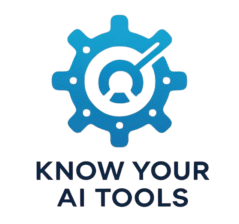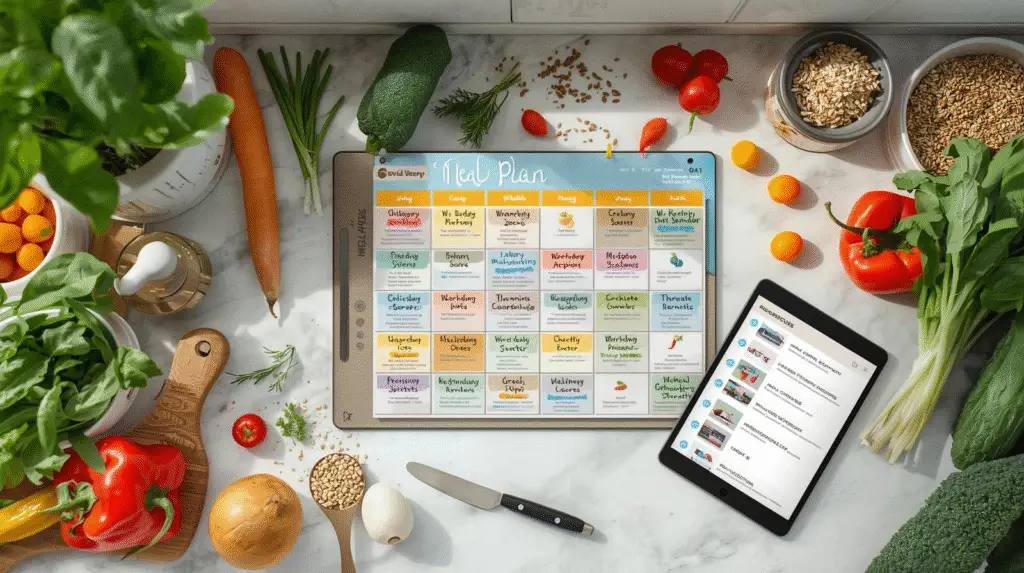Starting a side hustle can be excitingand completely overwhelming. There’s so much to figure out – what to offer, who it’s for, how to name it, how to design it, how to promote it, and how to actually find readers or customers. For years, that complexity stopped me from even trying. But this time, I decided to see if AI could help.
Instead of trying to do everything myself, I asked AI to help me brainstorm, plan, and build the whole idea from scratch. Within weeks, I went from “I don’t even know where to start” to launching something real. Here’s exactly how I used AI to help me start a side hustle — and how you can too.
Brainstorming Side Hustle Ideas
I started with nothing more than the feeling that I wanted an extra income stream. To avoid going in circles, I asked ChatGPT to act as a career coach and suggest ideas based on my skills and interests. My prompt was: “Act as a career coach. Ask me 5 questions about my skills, interests, and lifestyle, then suggest 10 side hustle ideas that could earn £300–£500 per month.” It asked about my hobbies, free time, income goals, and preferred work style. After I answered, it gave me a personalised list of ideas like selling digital resources, offering freelance writing services, and starting a niche blog. Seeing specific, realistic ideas made it all feel possible. If you want to try this, you can use ChatGPT, Microsoft Copilot, or Google Gemini – anything that lets you have a back-and-forth conversation.
Testing if the Idea Was Viable
Once I picked an idea, starting a beginner-friendly blog about AI, I asked AI to help me check if it could realistically work. I used this prompt: “Act as a market researcher. Analyse if writing an AI blog for beginners could realistically earn £300–£500/month. Include demand, competition level and monetisation strategies.” Within moments, it gave me insights about what beginners search for, potential income streams like affiliate links and ads, and how to stand out by using a friendly tone. I double-checked this using Google keyword research and social media trends, but AI gave me the big picture instantly. It saved hours of manual research and helped me avoid choosing an idea that wouldn’t make money.
Naming and Branding My Blog
Coming up with a name was surprisingly easy with AI. I asked: “Act as a branding expert. Suggest 20 simple, creative name ideas for a blog to help beginners learn about AI. Make sure the names feel beginner-friendly, approachable and point to what I am trying to achieve with the blog.” It gave me a list of names and even checked which domains were available. Once I chose “Know Your AI Tools,” I also used AI to help pick brand colours, fonts, and tone of voice. I pasted these into Canva to create a quick logo and some brand templates. It took hours instead of weeks and gave me something polished enough to launch with confidence.
Planning and Writing Blog Content
AI made the planning stage far less intimidating. I asked ChatGPT: “Act as a blogging coach. Help me plan a blog about AI to help beginners learn about key concepts and how they can use it to become more productive and gain more free time. Suggest 10 blog post titles, category ideas, and a basic content schedule.” It instantly created a clear structure for my site. For my first posts, I used AI to draft outlines and introductions. My prompt was: “Write an outline for a 1,000-word blog post about why AI is not as scary as some might think, with a warm and encouraging tone.” It gave me subheadings I could fill in with my own voice. I also asked it to generate SEO keywords and meta descriptions, which saved hours of research. Instead of staring at a blank page, I had a full first draft to edit and personalise.
Building the Website
Setting up the actual site felt much simpler with AI helping behind the scenes. I asked: “Act as a blogging consultant. Create a checklist for launching a WordPress blog about AI, including technical setup, branding steps, and first content.” This gave me a clear list to follow: register a domain, set up hosting, install WordPress, add a theme, write the About page, and upload my first posts. I used Canva to design my header banner and some Pinterest graphics, which gave my site a cohesive look from day one. Having that visual identity made it feel like a real brand, not just an experiment.
Promoting My Blog
Once the site was live, I used AI to create a marketing plan so it wouldn’t sit unseen. My prompt was: “Act as a social media strategist. Write a 4-week content calendar to promote beginner AI blog posts on Pinterest and Instagram. Include 3 post ideas per week with captions and hashtags.” It gave me ready-made captions, keyword suggestions, and post formats, which I dropped straight into Canva templates. Scheduling this content in advance meant I could focus on writing while traffic slowly started to build.
The Results So Far
Within a few weeks, I had gone from a vague idea to a real blog. Know Your AI Tools now has published posts, a clear content plan, and a growing Pinterest presence. It’s still early, but it’s real — and the most important part is that it exists. What made the difference was having AI take over the overwhelming parts: the research, the structure, the brainstorming, and the first drafts. Instead of getting stuck on “how” to do everything, I could focus on actually doing it.
Tips for Your Own AI-Powered Blog
If you want to try this yourself, here are a few quick tips. Be specific with your prompts — say what you want, how much time you have, and what tone or style you like. Use AI for structure, then add your own personal voice on top. Double-check anything factual with real sources. Start small — aim to get one post live first, then build from there. Keep your best prompts saved to reuse later.
If you want more beginner-friendly tools for starting projects like this, read Beginner-Friendly AI Tools: Five AI Tools Anyone Can Use. For a helpful external resource, explore this Cousera AI for Everyone course.



